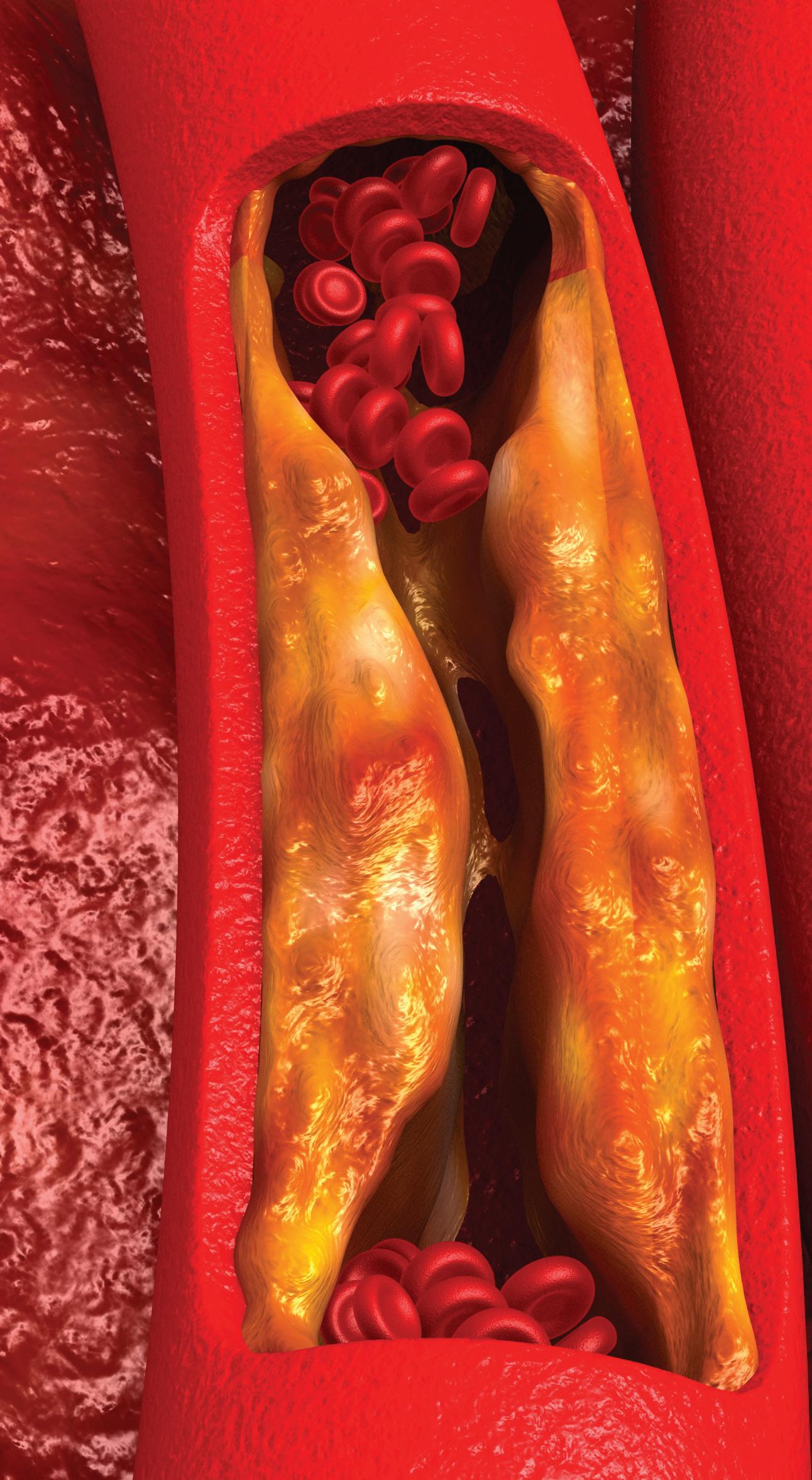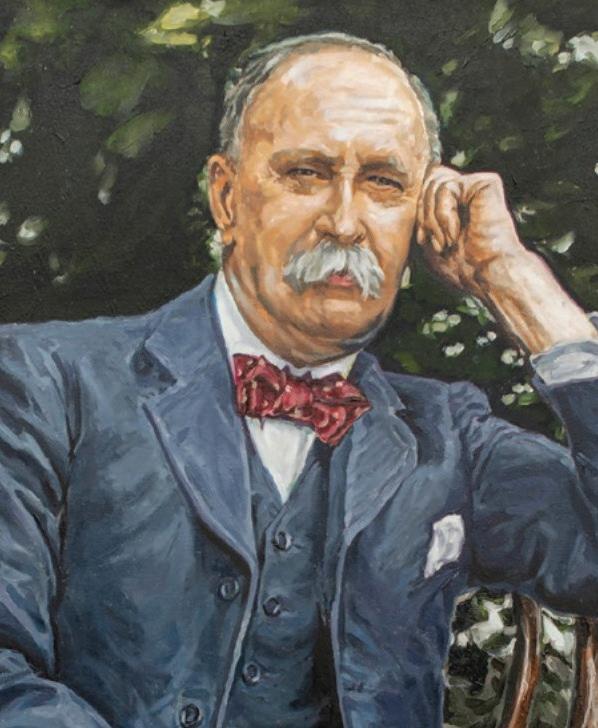46
PATIENTS HAVE IT RIGHT Thor Nissen
RESEARCH
Doctor, graduate in Clinical Pharmacology and MBA in Quality Management. He has managed to collaborate for the development of medicines in world leading pharmaceutical companies both in medical matters and in clinical research in new drugs, regulation, marketing and sales departments.
Good clinical practice emerged to put patients’ safety above any other objective in clinical research. Yet, until recently, patients were not part of the decision makers in the design of the clinical development programs, traditionally looked through the lens of scientists, primarily focused on a mechanism of action. Anyone working in clinical research can acknowledge patients always stated their feelings on the way protocols and tested treatment options accommodated their needs or not. But their voices were like shouting into an echo chamber. Sponsors, clinical teams, site staff, and other professionals have heard hundreds of conversations from trial “subjects” but hardly incorporated their input in presenting the case studies and insights to decide real actionable takeaways. There is a need and an advantage to acknowledge trial participants as people, with a disease or condition being explored, eager to contribute, and to get involved in the workstreams. “To better design our trials, research questions and the outcomes studied must be prioritized by patients. To more efficiently recruit, retain, and ultimately deliver clinical trials we must understand the patient perspective.”1 We need patients’ perceptions not only to better design trials but also to be better prepared to characterize and support new drugs for health authorities and payers.
Patient centricity journey started at the end of the road. It became obvious that registered drugs and devices that didn’t fit patients’ needs or imposed unbearable burdens were doomed to fail. Patient centered care brought patient judgment to the top of the decisionmaking process. Knowing patients’ main reason for the visit, concerns, and need for information emerged as vital. Diseases signs and symptoms happen in particular patients with individual emotional needs and life issues. Treatment compliance improves when management is mutually agreed upon. And the relationship between the patient and the doctor is enhanced.2 Evidence of patients’ valuable contributions sneaked into clinical research. Patient reported outcomes have been a common tool integrated into clinical research for a long time now. But “the patient’s perspective is often overlooked or poorly described in the























